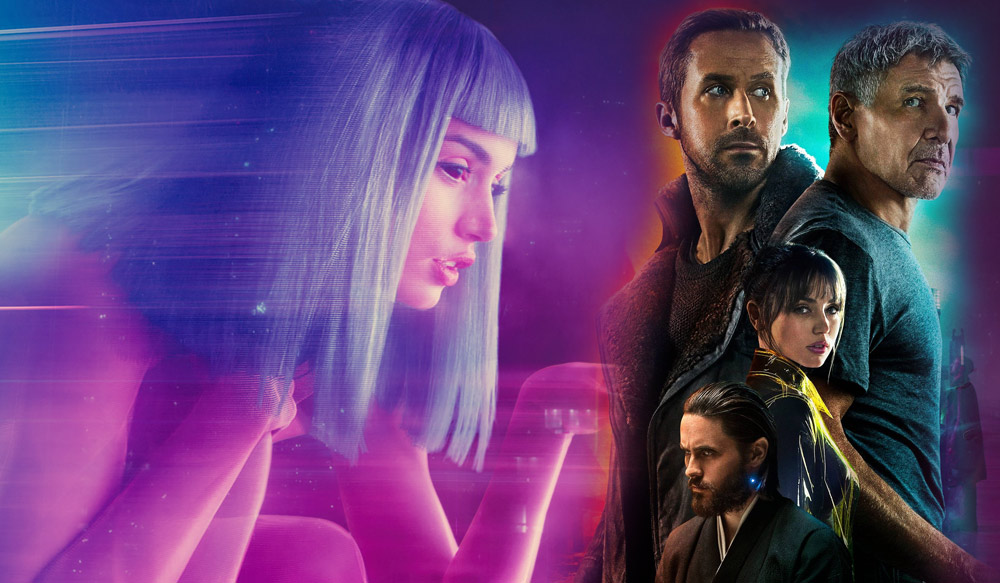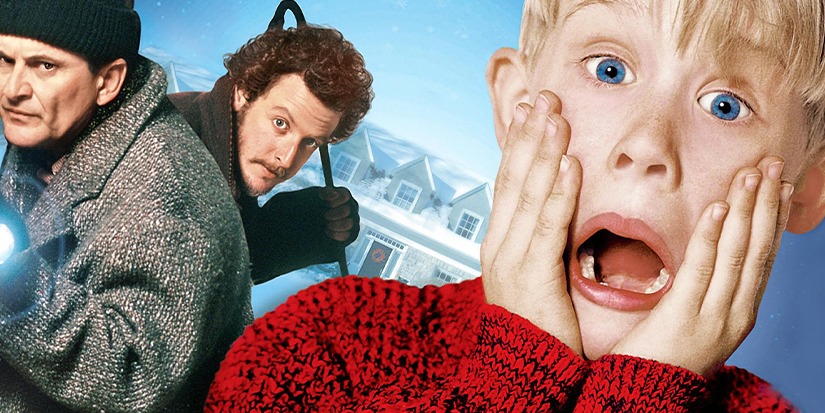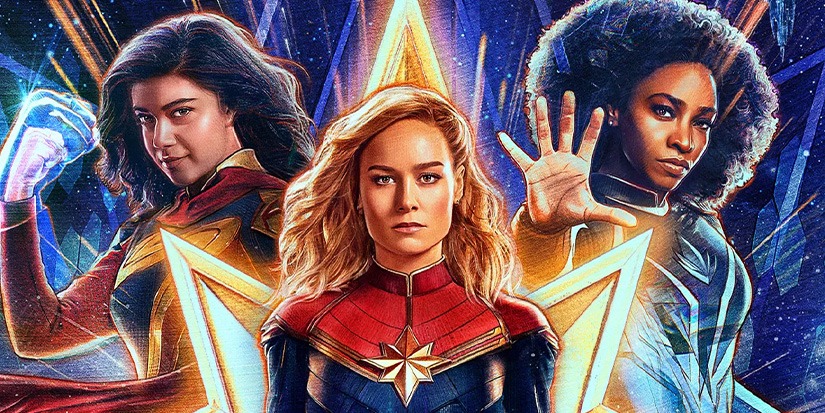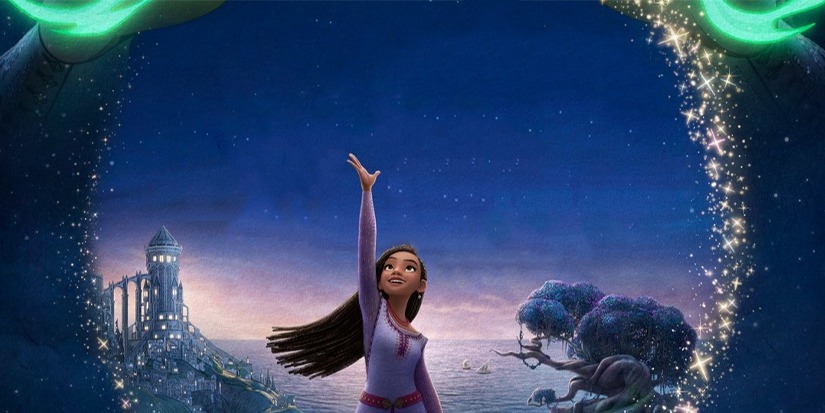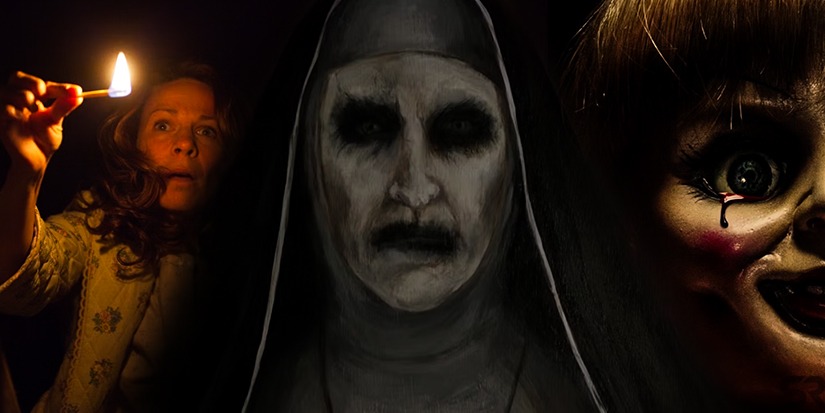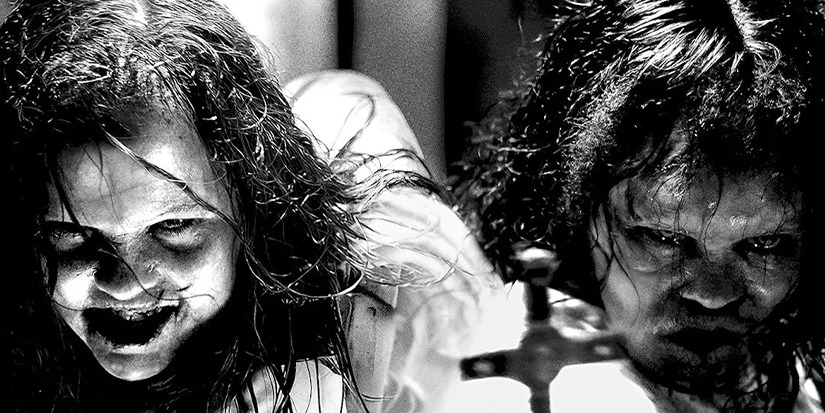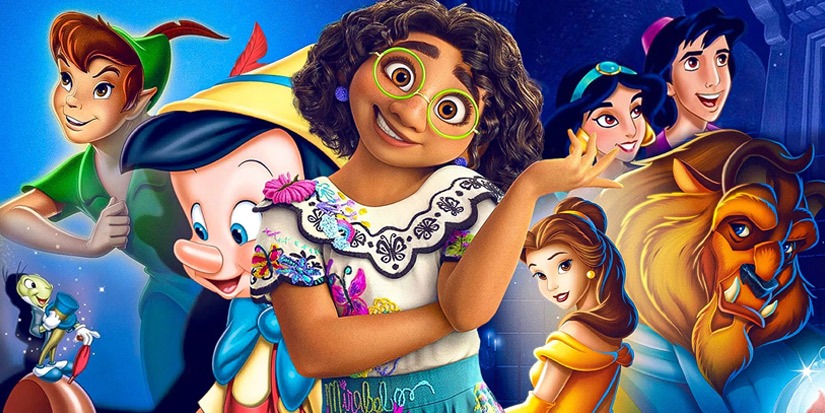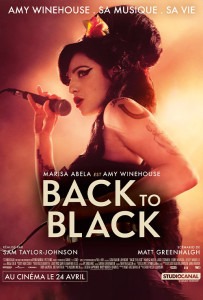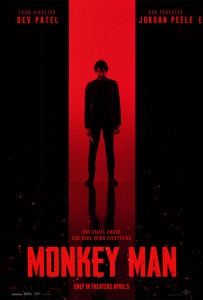Those who know and love the Ridley Scott original will find themselves in familiar narrative territory as Denis Villeneuve’s Blade Runner 2049 opens. Agent K (Ryan Gosling) is a blade runner, a cop assigned to find and « retire » rebel replicants. New versions of the androids have obedience programmed into them and are regularly tested for any emotional deviance, but there are still a few rogue Nexus 8s, manufactured without terminal dates, running around.
In early scenes, K hunts one such model and kills him. Back at LAPD headquarters, the cops discuss the dead target; a technician dismisses him as a run-of-the-mill « skin job » before mumbling sorry to another colleague who happens to be a replicant, too – just the way any office worker might apologize for a racist or sexist quip.
Like all good dystopian fiction, Blade Runner 2049 effectively crafts both its own world and its sharp commentary on ours with pointed analogies for our relationships with technology and with each other. The new film is the rare sequel that truly merits its existence, updating and expanding the themes of the 1982 original to bring them from the 20th century into the 21st. Yes, Blade Runner 2049 is one hard-working and deep-thinking replicant.
K hunts obsolete androids for a chilly lieutenant he calls Madam (Robin Wright), a functionary dedicated to preserving the hierarchy of human over machine. When not on the job, he lives with his on-again, off-again girlfriend Joi (a clever performance from Ana de Armas) in a role-playing relationship that says much about the movie’s themes – and in a chiaroscuro-soaked apartment highly reminiscent of that once inhabited by Harrison Ford’s Rick Deckard.
Replicants are now more deeply embedded in society than ever, harder and harder to distinguish from real humans. Meanwhile, entertainment, companionship and even food can be provided by holograms, and it still rains continually in Los Angeles, except when it snows.
A discovery on the farm where he kills his first target leads K to uncover a secret about Deckard and Rachael, the beautiful replicant with whom the original blade runner exited at the end of the original film by stepping into an elevator or fleeing into nature, depending on which version you prefer to take as canonical. So, K goes looking for Deckard, and it’s no secret that Ford reprises that role. On the much-expanded distaff side, there is also Sylvia Hoek’s excellent Luv – she’s the Rachael to Wallace’s evil CEO – who doesn’t merely back up her boss but actually does his dirty work, assuming the mantle of villain with cool authority. And reprising the still-waters-run-deep loner of the kind he mastered in Drive, Gosling’s sparse yet sympathetic screen presence is particularly well-suited to playing the new Deckard, giving the figure of the isolated cop a quieter, more contemporary brand of machismo.
Villeneuve has successfully enlarged the Blade Runner canvas, creating a film that goes new places and asks more questions as it wonders what marvels and horrors humanity and technology might have in store for each other.
By Kate Taylor




